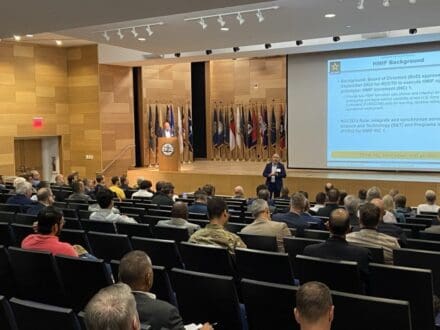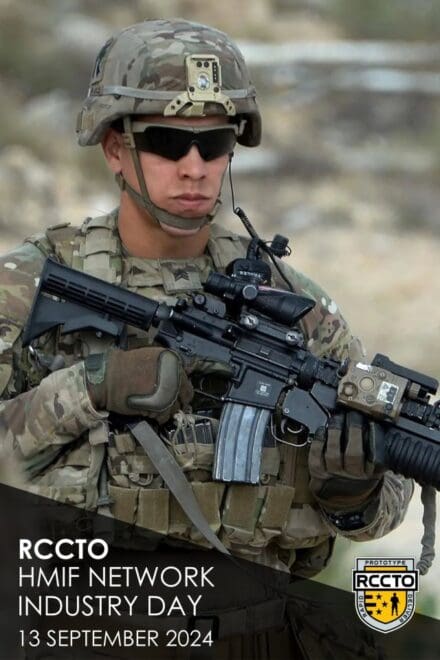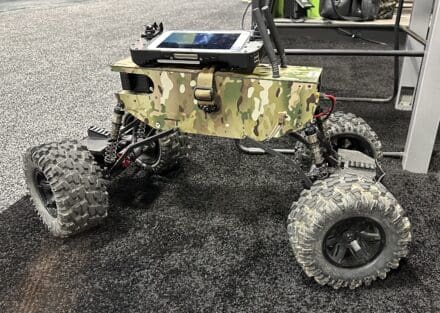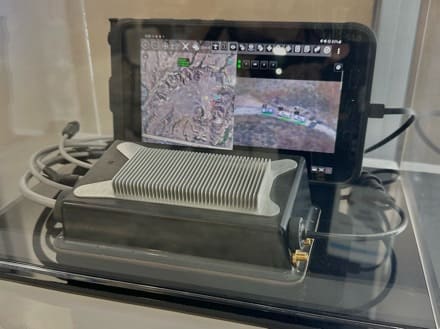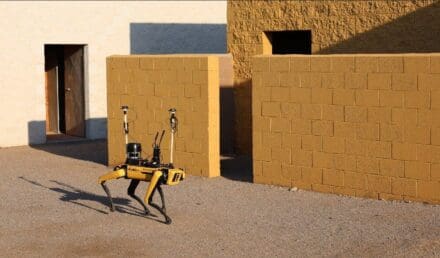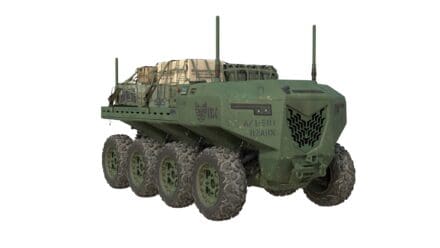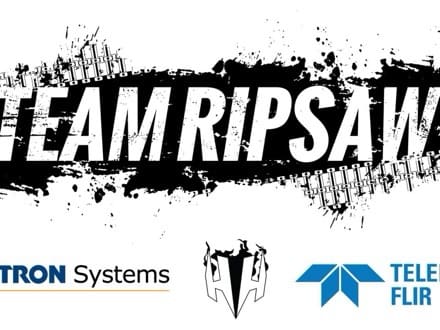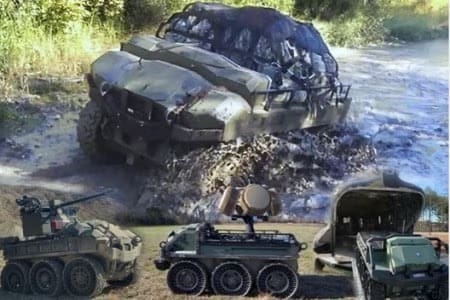On 13 September 2024, the U.S. Army’s Rapid Capabilities and Critical Technologies Office (RCCTO) hosted its first Human Machine Integrated Formation (HMIF) Industry Day event focusing on the complex network architecture of the HMIF robotic capability at Aberdeen Proving Ground’s Myer Auditorium.
The in-person event was limited to U.S. vendors that are either members of the National Advanced Mobility Consortium (NAMC) or have an active business registration on SAM.gov. During the Industry Day event, representatives from RCCTO; the Combat Capabilities Development Command’s Command, Control, Communication, Computers, Cyber, Intelligence, Surveillance, and Reconnaissance Center; the Ground Vehicle Systems Center; and the Armament Center shared insights into the strategic approach for the HMIF network requirements. The event attracted over 125 industry representatives from 75 different companies, along with more than 25 personnel from government, military, and contractor support roles.
The objective of this one-day event was to inform vendors about the technical aspects of the HMIF Network, which is crucial for the command-and-control systems that connect Warfighters with tactical robotic formations. This Industry Day marked the beginning of the next phase in the procurement process—the accelerated drafting of the final Network Statement of Work (SOW), by 30 September 2024. In October 2024, the SOW will be released as a Request for Proposals to the National Advanced Mobility Consortium through the Army Contracting Command – Detroit Arsenal. The selection of the best proposed solution from industry proposals will take place in the first quarter of Fiscal Year 2025, with an award expected by early in the second quarter of Fiscal Year 2025.
The Army has designated the RCCTO as the materiel and acquisition lead for the HMIF program, employing an enterprise approach that utilizes previous science and technology investments in robotics to establish, test, and validate a combat use case for offensive robotic operations. RCCTO, along with elements of Army Futures Command, continues to pursue synchronized solutions across joint service domains to detect, track, identify, and engage enemy combatants, employing offensive machines in risky scenarios while ensuring that human operators remain safely distanced from direct and indirect fire.
The success of the HMIF Networks Industry Day and the benefits derived from it are expected to inspire similar events in the future as the RCCTO continues to collaborate with industry to secure the best materiel solutions and equipment for the Army and its Warfighters.
“Events like this help to communicate our top priorities for both the instant Network requirement as well as future HMIF capability as we look to leverage emerging technology to defeat current threats,” said Mr. Rob Monto, Director for RCCTO’s Advanced Capabilities and Critical Technologies Office.
By Venetia Gonzales


